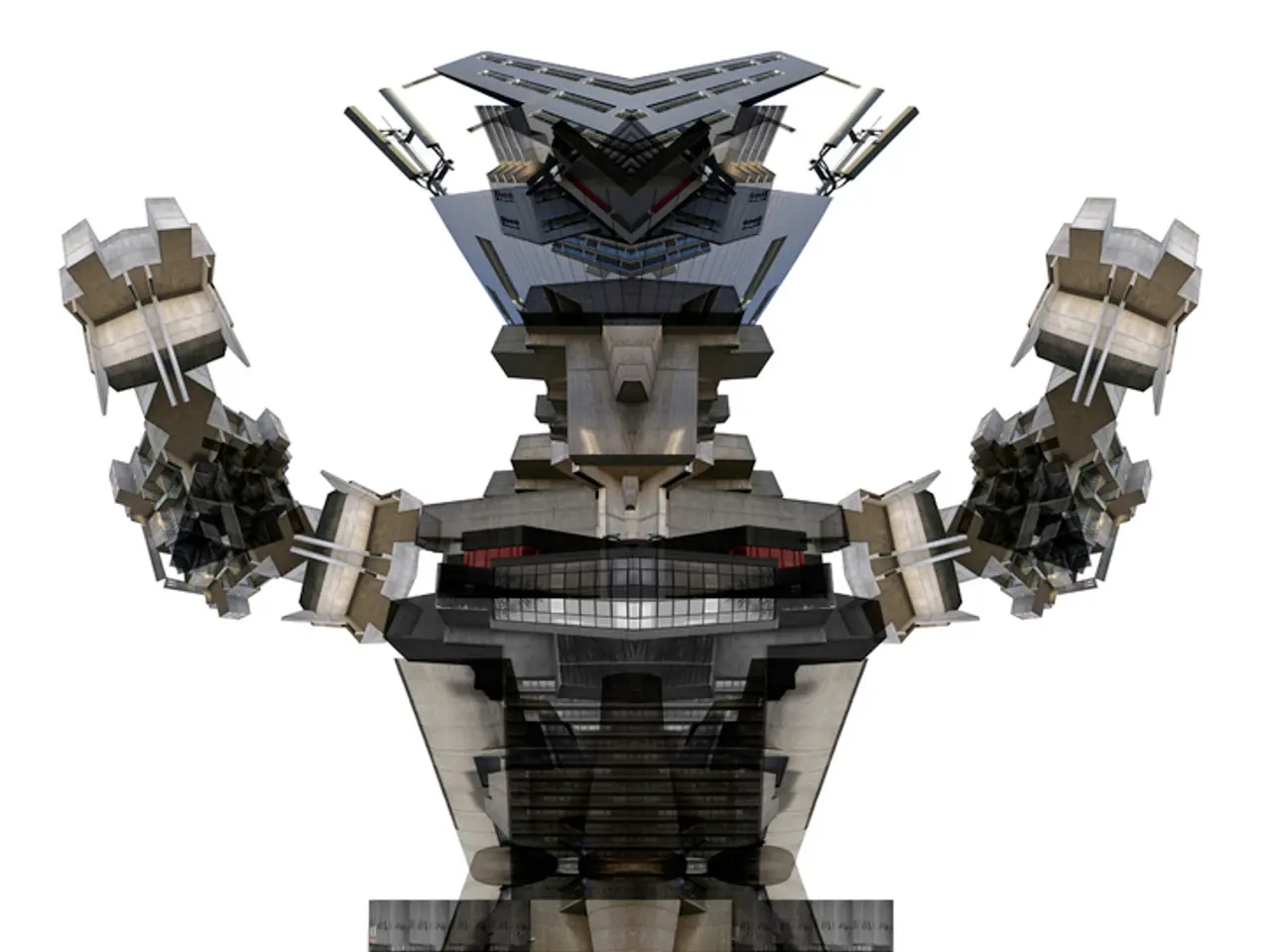Smart, humanoid robots produced by Unitree are now accessible to the public with the introduction of the R1 model.
Unitree Robotics has unveiled a new addition to the world of humanoid robots: the R1. This robot, priced at $5,900, is designed to be an accessible and versatile platform for research, education, and real-world testing.
Standing at 47.6 inches (1.21 meters) tall and weighing 55 pounds (25 kg), the R1 is equipped with 26 functional joints, making it incredibly agile and capable. It can walk, run, dance, cartwheel, and even perform kung-fu kicks.
The R1 is powered by a lithium battery and can operate for one hour before needing recharging. It processes visual inputs via its built-in cameras and responds to voice commands. It also holds basic spoken conversations using AI-powered speech recognition.
Beyond Entertainment
Beyond entertainment, the R1 has practical uses and potential applications in various fields.
Research and Development
As an affordable, lightweight platform with 26 degrees of freedom and onboard AI processing, R1 supports experimentation in robotics labs and universities for developing advanced robotics capabilities and studying human–robot interface.
Education
Its user-customizable design and modular hardware make the R1 suitable for teaching robotics concepts and hands-on programming, allowing students and enthusiasts to prototype and innovate in bipedal robotics.
Industrial Inspection and Smart Metrology
Equipped with appropriate sensors such as 3D scanners, LiDAR, or high-resolution cameras, the R1 could function as a mobile inspection platform for dimensional verification and defect detection in manufacturing environments. Its dexterity enables manipulation of legacy tools or fixtures, offering potential automation in quality control and smart factory operations.
Prototyping and Custom Applications
With an open SDK and modular design, users can develop custom AI models, integration for various sensors, and adapt the robot for niche real-world tasks including but not limited to remote monitoring, assistance, and interactive companion roles.
Accessibility in Robotics Development
Compared to other humanoid robots like Boston Dynamics’ Atlas, the R1 focuses on practicality, affordability, and accessibility, targeting educators, small developers, and research teams rather than high-budget industrial use. This promotes wider experimentation and innovation in humanoid robotics.
In conclusion, the Unitree R1's combination of affordability, versatility, and modularity extends its practical applications well beyond entertainment into education, research, industrial inspection, and real-world robotics development scenarios requiring dynamic human-like interaction and manipulation capabilities.
As technology for smart, agile, bipedal robots continues to improve, companies like Unitree are leading the way in making these technologies accessible to a wider audience. The R1 is just the beginning of what could be a new era in humanoid robotics.
[1] Unitree Robotics. (n.d.). R1 Humanoid Robot. Retrieved from https://unitree.ai/products/r1
[2] Chen, J., & Chen, Y. (2021). Mobile Bipedal Robots for Industrial Inspection. IEEE Access, 9, 181242-181252.
[3] Unitree Robotics. (2021). R1 Humanoid Robot for Education and Research. Retrieved from https://unitree.ai/news/r1-humanoid-robot-for-education-and-research
[4] Unitree Robotics. (2021). R1 Humanoid Robot for Prototyping and Custom Applications. Retrieved from https://unitree.ai/news/r1-humanoid-robot-for-prototyping-and-custom-applications
The R1 humanoid robot, priced at $5,900, is not only designed for entertainment but also serves as an accessible and versatile platform for research, education, and real-world testing, expanding its practical applications. Its user-customizable design, modular hardware, and onboard AI processing make the R1 suitable for research labs, universities, and education settings, facilitating the study of human-robot interfaces and the development of advanced robotics capabilities.
With appropriate sensors such as 3D scanners, LiDAR, or high-resolution cameras, the R1 could function as a mobile inspection platform for dimensional verification, defect detection, and potential automation in quality control and smart factory operations. The R1's open SDK and modular design enable users to develop custom AI models, integrate various sensors, and adapt the robot for niche real-world tasks, contributing to the evolution and democratization of humanoid robotics.




